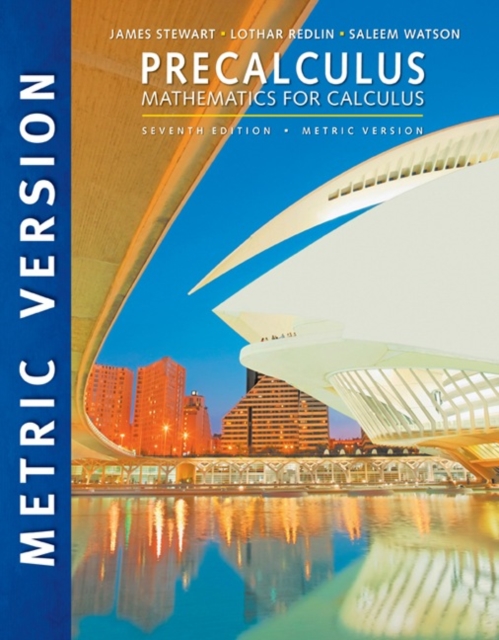

In this test, denotes the natural logarithm of (that is, the logarithm to the base ).The range of is assumed to be the set of all real numbers where is in the domain of. Unless otherwise specified, the domain of any function is assumed to be the set of all real numbers for which is a real number.Unless otherwise specified, all angles are measured in radians, and all numbers used are real numbers.Straight lines and smooth curves may appear slightly jagged. The figures are drawn as accurately as possible except when it is stated in a specific question that the figure is not drawn to scale. All figures lie in a plane unless otherwise indicated. Figures that accompany questions are intended to provide information useful in answering the questions.Other (e.g., accumulated change from a rate of change).Average value of a function on an interval.Definition of the definite integral as the limit of a sequence of Riemann sums and approximations of the definite integral using areas of rectangles.Solutions of and applications to growth and decay.Distance and velocity from acceleration with initial conditions.


The percentages next to the main topics indicate the approximate percentage of exam questions on that topic. The subject matter of the Calculus exam is drawn from the following topics.
Business calculus how to#
Information about how to use the calculator is available in the Help icon under the Calculator tab. To use the calculator during the exam, students need to select the Calculator icon. Only some of the questions actually require the graphing calculator.
Business calculus software#
Only some of the questions will require the use of the calculator.Ī graphing calculator, the TI-84 Plus CE, is integrated into the exam software and available to students during Section 2 of the exam. The use of an online graphing calculator (non-CAS) is allowed for this section. Section 2: approximately 17 questions, approximately 40 minutes.No calculator is allowed for this section.

Section 1: approximately 27 questions, approximately 50 minutes.The exam contains 44 questions, in two sections, to be answered in approximately 90 minutes.


 0 kommentar(er)
0 kommentar(er)
